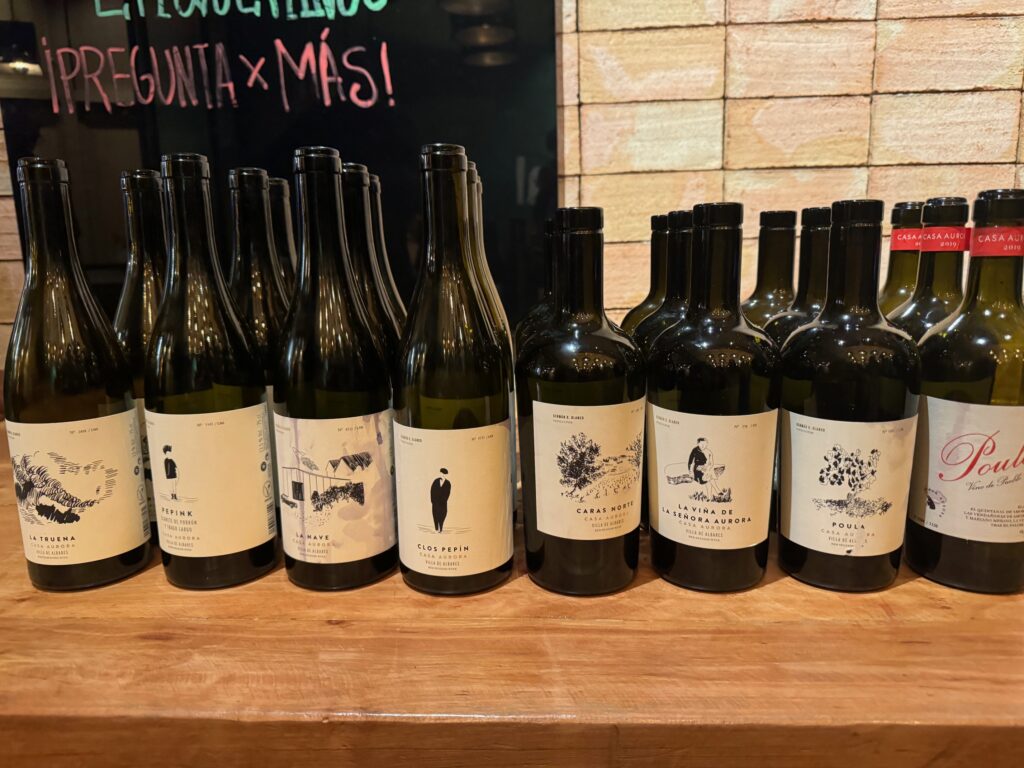Forests and meadows are filled with mushrooms in fall, ingredients that have invaded the kitchens in recent years. Haute cuisine is increasingly attracted by to the flavor, texture, color and aroma of these treasures of nature to create dishes or enhance other ingredients.
At each location reign certain species, but some of the most appreciated by the restaurants are these:
Amanita Caesarea : orange, is highly prized for its delicate flavor and aroma. It can be prepared raw or slightly roasted, and combines well with dairy, like yogurt foam, for example.
Boletus edulis: it is a very aromatic fungus that grows in mountain areas and some can be large. White meat, compact, bulky trunk and hat in different shades of brow , it is ideal for grilled, accompanying meat and fish or cooked as a cream.
Cantharellus cibarius : in Spain is known as rebozuelos. It is a small mushroom that grows in the highlands and humid, yellow or orange, aromatic and pleasant taste. You can cook or make preserves and can also be used as part of the dessert, because it is one of the mushrooms that support sugar preparations, as jellies or jams.
Cratherellus Cornucopioides: known as ‘trumpet of the dead ‘ by its characteristic black color. It is difficult to find, by their color and small size. It grows in coniferous forests in autumn and spring and is prized for its flavor. You can use it fresh or powdered.
Morel Mushroom: this mushroom looks like a small honeycomb. Can not be eaten raw because of its toxicity, but are delicious cooked. They are used to flavor sauces and enhance the flavors of the meat, and can also be seen in recipes that are cooked in cream.
Agaricus campestrris: known in Spain as champiñón silvestre is one of the most abundant species. It grows in fall and spring in the meadows and its aroma is very appreciated in the kitchen. It can be prepared as an accompaniment to meat and fish or with garlic and parsley.
Tuber melanosporum: black truffle is one of the most appreciated. In Spain can be found on farms in the provinces of Soria, Huesca and Teruel , mainly. It is a fungus with intense flavor and aroma that adds tremendous value to meat and game dishes and can serve to flavor oil, cheese or eggs. It is prized in haute cuisine and can reach up to 1,000 euros ($1,350) per kilo. Grating is used to flavor all types of dishes: meats, fish, creams, salads and pastas.











0 Comments
Trackbacks/Pingbacks